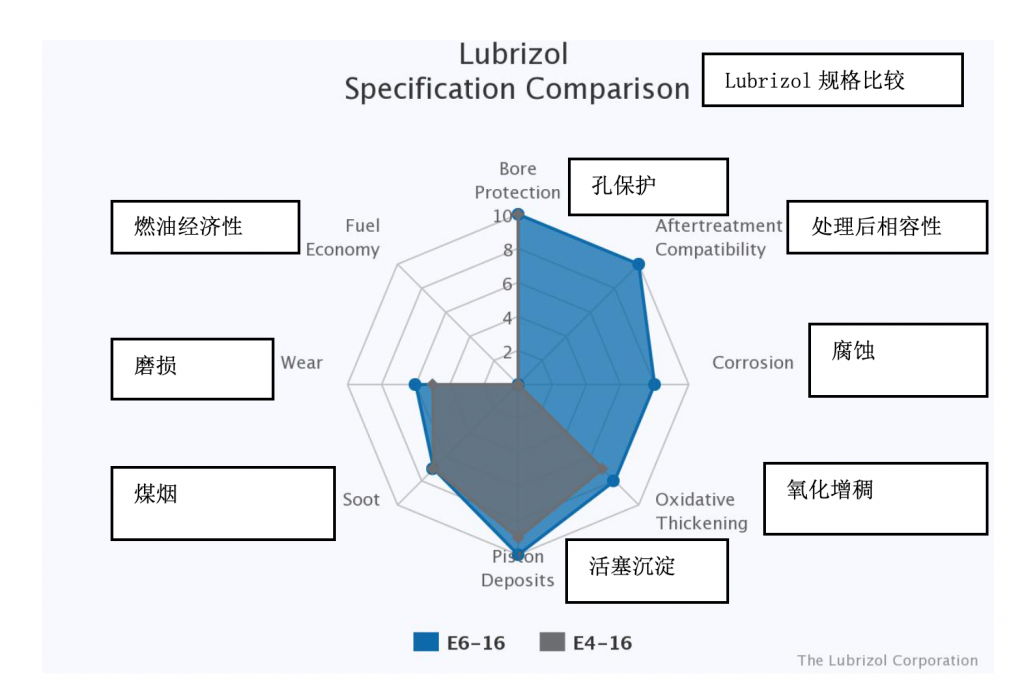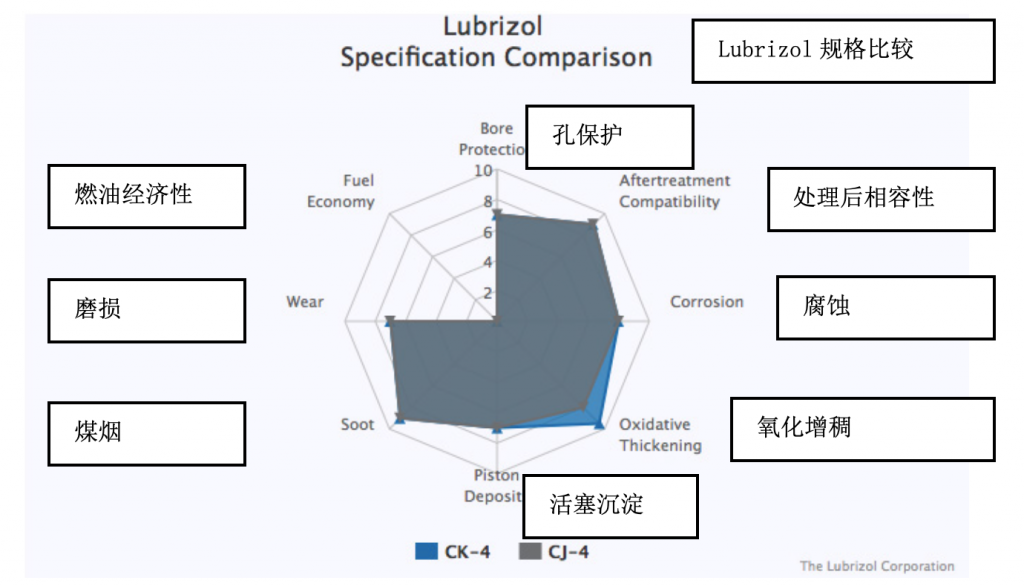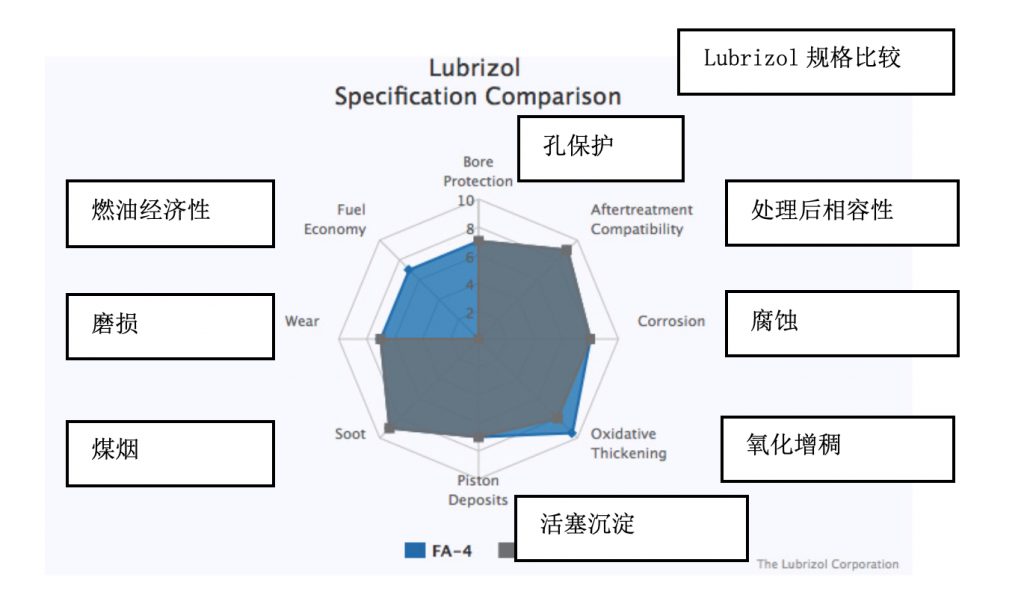4: 润滑油基础知识:深入了解适用于重型汽车的ACEA和API规范
WHAT’S ACEA, WHAT’S API, AND HOW DO THEIR SPECIFICATIONS RELATE? DISCOVER IT HERE.
什么是ACEA、什么是API、以及两者的规范有何关联?以下将给出解答。
This is the second article about specifications in our series on the basics of lubricants. Today, we’re zooming in on specifications for heavy-duty vehicles such as trucks and buses.
这是润滑油基础知识系列第二篇关于规范的文章。今天,我们将关注重型汽车如卡车和公共汽车的规范。
The vital role of specifications in heavy-duty
规范在重型汽车中的重要作用
Lubricants for heavy-duty vehicles and their advanced features are a hot topic today:
- Without heavy-duty vehicles, there would be no global economy as we know it today — and they will continue to play their key role. At the same time, these vehicles have a significant impact on the state of our environment due to greenhouse gas emissions. Lubricants help limit these emissions.
- Fleet operators care about vehicle productivity and total cost of ownership. Here also, lubricants are a vital element.
重型汽车的润滑油及其先进功能是当今的热门话题:
- 如果没有重型汽车,就不会有我们今天所知道的全球经济,它们将继续发挥关键作用。同时,由于温室气体排放,这些车辆对我们的环境状况产生重大影响。润滑油有助于限排。
- 车队运营商关心的是车辆的生产率和总拥有成本。在这方面,润滑油也是一个至关重要的因素。
The ACEA E Oil Sequences
ACEA E机油规范
Founded in 1991, ACEA stands for Association de Constructeurs Européens d’Automobiles, or in English: European Automobile Manufacturers’ Association.
ACEA成立于1991年,代表Association deConstructeursEuropéensd’Dutorss,英文缩写为:European Automobile Manufacturers’ Association(欧洲汽车制造商协会)。
In short, ACEA is an advocate for the automobile industry in Europe. They represent manufacturers of passenger cars, vans, trucks and buses with production sites in the EU. Members of the Association include the national associations for the automobile industries, plus most of the OEMs.
简言之,ACEA是欧洲汽车工业的倡导者。他们代表着在欧盟设有生产基地的乘用车、货车、卡车和公共汽车的制造商。该协会成员包括全国汽车工业协会,以及大多数原始设备制造商。
With its European Oil Sequences, ACEA provides minimum standards for oils. These are the standards that ACEA members demand for using these oils in their vehicles, and are also called specifications. Their ‘E’ class oil sequences cover heavy-duty engines.
凭借其欧洲机油规范,ACEA提供油品最低标准。这些是ACEA成员要求在其车辆中使用这些油的标准,也称为规范。他们的“E”级油序列适用于重型发动机。
Why did ACEA upgrade their sequences for 2016?
为什么ACEA会在2016年对规范进行升级?
ACEA’s previous sequences were published in 2012. There are three main reasons why ACEA defined new sequences in 2016:
ACEA之前的规范发布于2012年。ACEA在2016年制定新规范有三个主要原因:
- Engine manufacturers are increasingly concerned over oxidation and cleanliness. This is due to the wider use of biodiesel and alternative fuels (think methanol and ethanol).
- The fuel combustion process of new engine platforms is more efficient and generates higher temperatures and lower levels of soot
- The latest engines use newer and more sophisticated sealing materials.
- 发动机制造商越来越关注氧化和清洁。这是由于生物柴油和替代燃料(比如甲醇和乙醇)被更广泛地使用。
- 新发动机平台的燃料燃烧过程更有效,并产生更高的温度和更低的积碳水平
- 最新的发动机使用更新、更复杂的密封材料。
The 2016 sequence upgrade means that lubricants with ACEA specification get an upgrade in both quality and performance.
2016年的规范升级意味着具有ACEA规格的润滑油在质量和性能方面都得到了提升。 S
You can recognise the new ACEA specifications by the suffix that indicates the 2016 upgrade: E4-16, E6-16, E7-16 and E9-16.
您可以通过显示2016升级的后缀识别新的ACEA规范:E4-16、E6-16、E7-16和E9-16。

The 2016 edition of the ACEA E6 boasts bore protection, the highest level of after-treatment compatibility and corrosion protection.
2016版ACEA E6具有内孔保护、最高水平的后处理兼容性和防腐蚀保护。
The key role of HTHS
HTHS的关键作用
HTHS stands for High Temperature High Shear. As engine hardware designs have evolved, ‘HTHS’ best describes their operating conditions, especially in the camshaft, journal bearing piston ring and liner areas.
HTHS代表高温高剪切。随着发动机硬件设计的发展,“HTHS”最好描述了它们的运行条件,特别是在凸轮轴、轴颈轴承活塞环和衬套区域。
Some engine oils are designed to deal with these conditions. They are called ‘low HTHS’, a feature that is widely associated with increased fuel efficiency. The HTHS number represents the resistance to flow of the oil in hot engines.
一些发动机油旨在处理这些情况。它们被称为“低HTHS”,这一特征与提高燃油效率密切相关。HTHS数字表示热发动机中机油的流动阻力。
About sequence upgrades by API
关于API的规范升级
API is the American Petroleum Institute and it represents America’s oil and natural gas industry. It has more than 625 corporate members from all segments of the industry.
API指美国石油协会,它代表着美国的石油和天然气工业。它拥有超过625名来自各行业的公司会员。
Like ACEA, API defines specifications for engine oil. And just like ACEA did, API introduced new categories in 2016 to define lower HTHS viscosity lubricants after a request by OEMs back in 2011.
与ACEA一样,API制定了发动机油的规范。也像ACEA一样,2011年oem厂商提出要求后API在2016年引进了新的类别来定义低HTHS粘度润滑油。
These categories are:
- API CK-4, which supersedes the longstanding API CJ-4;
- and API FA-4, which matches API CK-4’s performance but is even more fuel efficient.
这些类别是:
- API CK-4取代了长期的API CJ-4;
- 以及API FA-4,它与API CK-4的性能相匹配,但更加省油。

One of API CK-4’s improvements compared to API CJ-4: increased thickening through oxidation
与API CJ-4相比,API CK-4的改进之一是:通过氧化增稠

API FA-4: a radical increase in fuel economy when compared to API CJ-4
API FA-4:与API CJ-4相比,燃油经济性大幅提升
The remaining active API specifications are:
- API CJ-4: Active performance category for all engines including those with advanced emissions systems.
- API CI-4 PLUS: Active performance category for high soot applications and high EGR.
- API CI-4: Active performance category for high soot applications and high EGR.
- API CH-4: Active performance category for engines without advanced after-treatment emissions systems.
其余的有效API规范是:
- API CJ-4: 适用于包括那些先进排放系统在内的所有发动机的主动性能类别。
- API CI-4 PLUS: 适用于高烟尘应用和高废气再循环(EGR)的主动性能类别。
- API CI-4: 适用于高烟尘应用和高废气再循环(EGR)的主动性能类别。
- API CH-4: 没有先进后处理排放系统的发动机的主动性能类别。
What’s next when it comes to reducing emissions and increasing fuel efficiency?
在减少排放和提高燃油效率方面,下一步是什么?
Target emission limits for trucks and buses are in force, and they’re getting increasingly tighter. However, there is no system in place for measuring CO2 emissions in Europe – yet. It is likely though that the EU will introduce engine efficiency targets and will start to measure emissions.
卡车和公共汽车的目标排放限制已经生效,并且越来越严格。但是,欧洲目前还没有测量二氧化碳排放量的系统。尽管欧盟可能会引入发动机效率目标并开始测量排放量。
Engine manufacturers are already looking for ways to make engines more efficient and save money in the process. Engine hardware design will continue to improve.
发动机制造商已经在寻找提高发动机效率并在此过程中节省成本的方法。发动机硬件设计将持续改进。
ACEA is expected to issue a new round of oil sequences in 2018. Possibly named ACEA E8 and ACEA E11, these will mark even better fuel efficiency. Further, a new ‘F’ category of low HTHS viscosity lubricants is said to be introduced in 2018.
预计ACEA将于2018年发布新一轮机油规范。新规范可能名为ACEA E8和ACEA E11,这些将标志着更好的燃油效率。此外,据说一种新型“F”类低HTHS粘度润滑油将于2018年推出。


